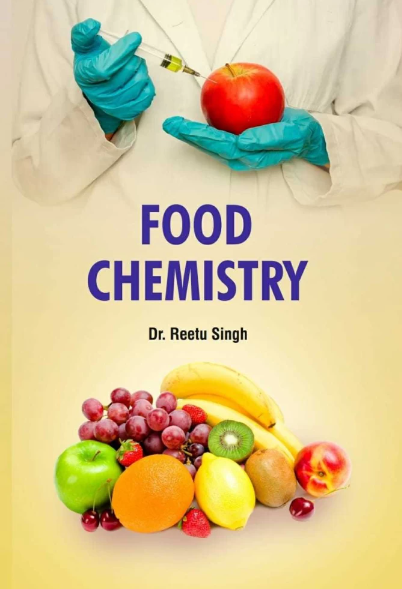Salting-induced lipid hydrolysis and oxidation in dried squid fillets: A mechanistic link to formaldehyde formation, color browning, and flavor alteration
IF 8.5
1区 农林科学
Q1 CHEMISTRY, APPLIED
引用次数: 0
Abstract
Salt-dried squid fillets (SDSF) is a popular seafood product. In this study, the effect of different NaCl concentrations (0 %, 1 %, 5 % and 10 %) on the color, formaldehyde (FA) and volatile compounds (VOCs) of SDSF was investigated by determining the acid value (AV), thiobarbituric acid reactive substances (TBARS) value, lipid-related enzyme activities and lipidomics. These findings showed that the AV and TBARS value initially increased and subsequently decreased with increasing NaCl concentrations. Lipidomics indicated salting facilitated the hydrolysis of triglycerides and phospholipids by lipase, alongside the oxidation of fatty acids by auto-oxidation and lipoxygenase. Specifically, salting darkened the color via pyrrolization and inhibited the FA content via alleviating lipid oxidation, and contributed to characteristic VOCs (3-methyl-butanal, methional and nonanal, etc.). Overall, 5 % NaCl SDSF performed less browning and FA content (23.95 mg/kg), but more VOCs (2885.03 μg/kg) and better overall acceptance. This research contributes to improving the quality of salt-dried seafood.
盐引起的干鱿鱼片脂质水解和氧化:甲醛形成、颜色褐变和风味改变的机理联系
盐干鱿鱼片(SDSF)是一种受欢迎的海鲜产品。本研究通过测定酸值(AV)、硫代巴比妥酸活性物质(TBARS)值、脂质相关酶活性和脂质组学,研究了不同NaCl浓度(0 %、1 %、5 %和10 %)对SDSF颜色、甲醛(FA)和挥发性化合物(VOCs)的影响。这些结果表明,随着NaCl浓度的增加,AV和TBARS值先升高后降低。脂质组学表明,盐渍促进了甘油三酯和磷脂被脂肪酶水解,同时脂肪酸被自氧化和脂氧合酶氧化。具体而言,盐通过吡啶化使颜色变暗,通过减轻脂质氧化抑制FA含量,并有助于特征voc(3-甲基丁醛、甲基和壬醛等)的产生。总体而言,5 % NaCl SDSF的褐变和FA含量较低(23.95 mg/kg),但VOCs含量较高(2885.03 μg/kg),总体接受度较高。本研究有助于提高海产品的盐干品质。
本文章由计算机程序翻译,如有差异,请以英文原文为准。
求助全文
约1分钟内获得全文
求助全文
来源期刊

Food Chemistry
工程技术-食品科技
CiteScore
16.30
自引率
10.20%
发文量
3130
审稿时长
122 days
期刊介绍:
Food Chemistry publishes original research papers dealing with the advancement of the chemistry and biochemistry of foods or the analytical methods/ approach used. All papers should focus on the novelty of the research carried out.
 求助内容:
求助内容: 应助结果提醒方式:
应助结果提醒方式:


